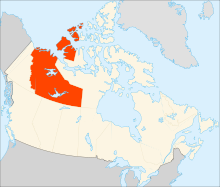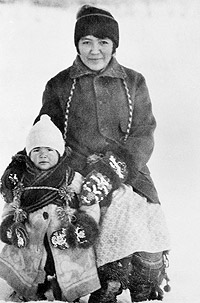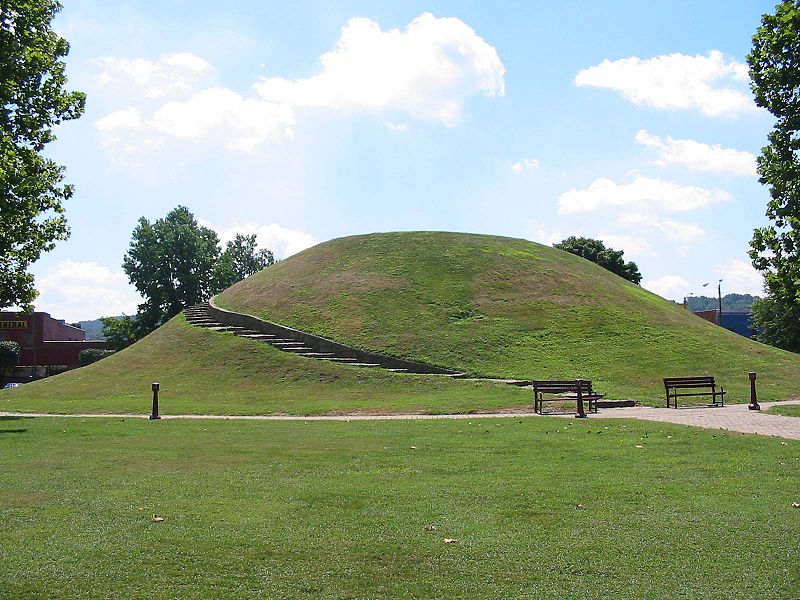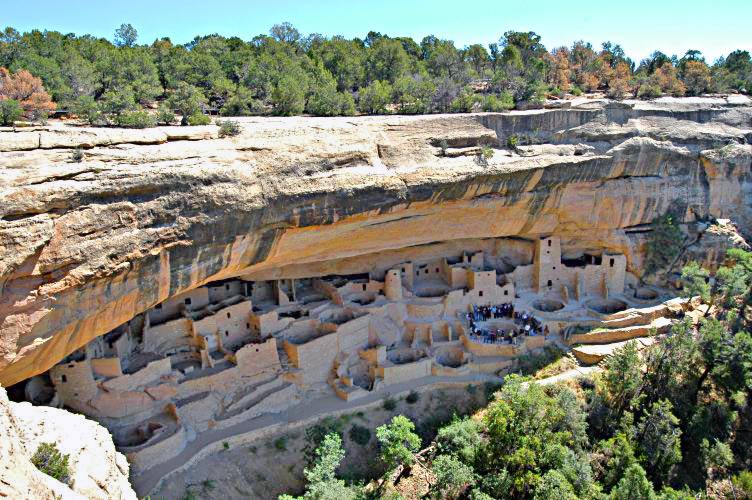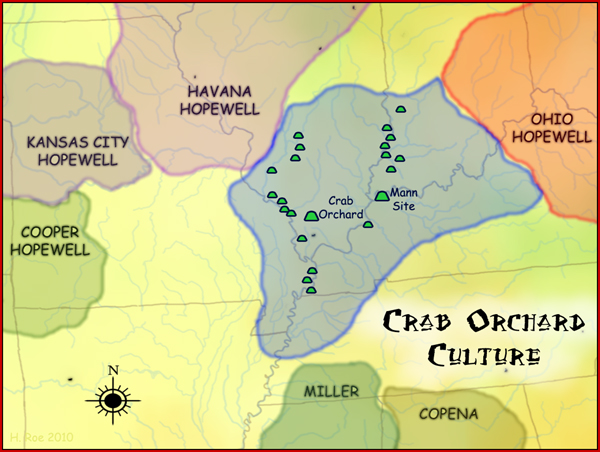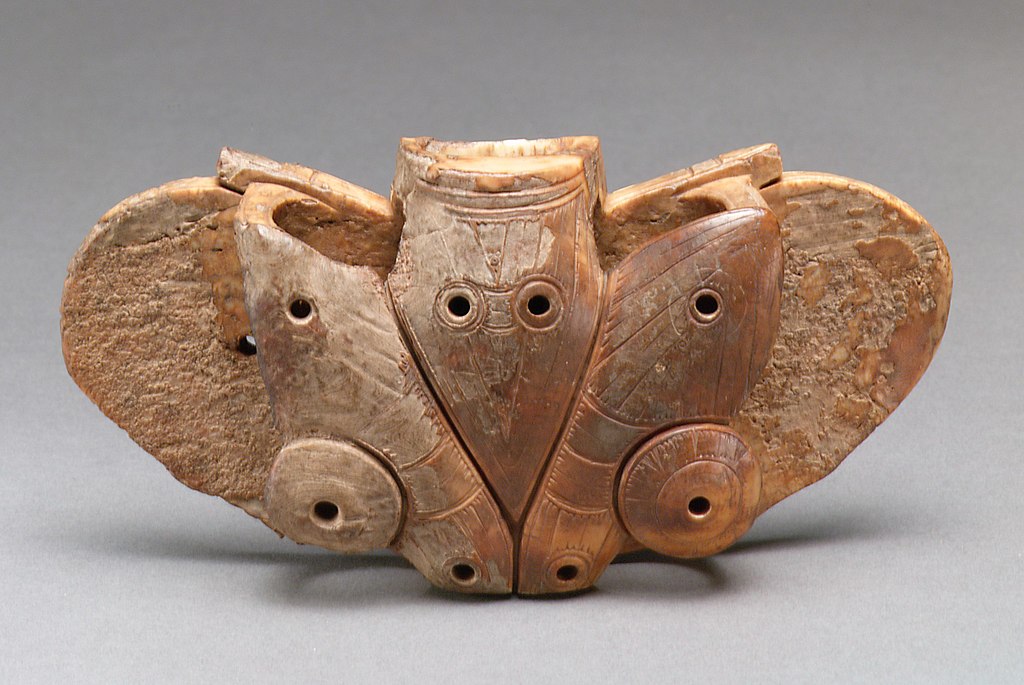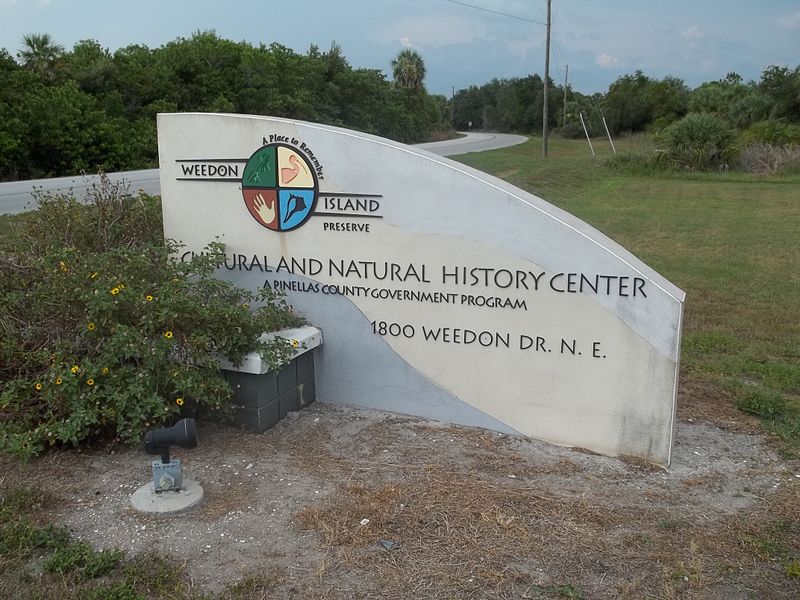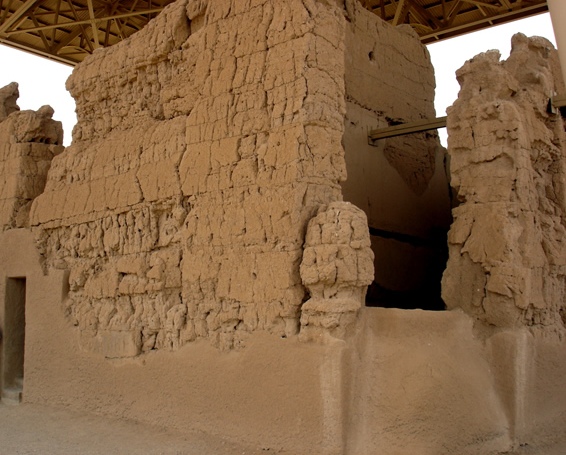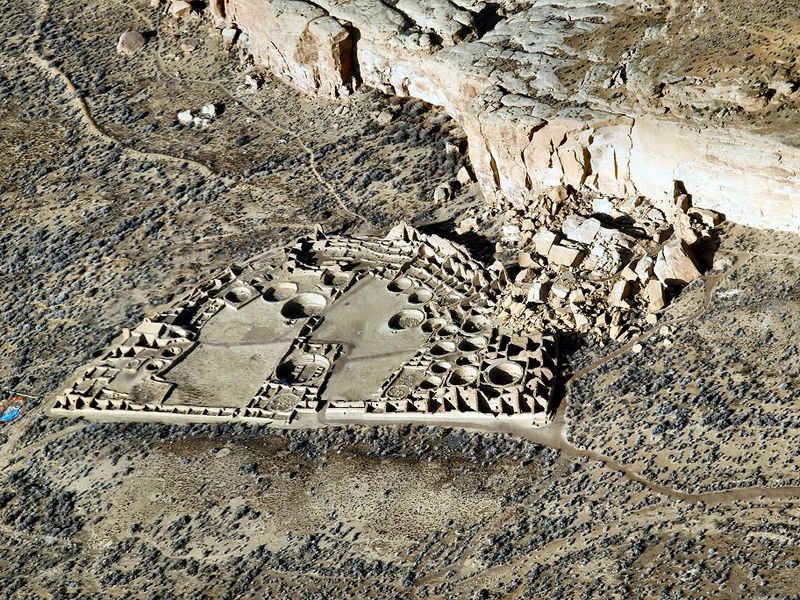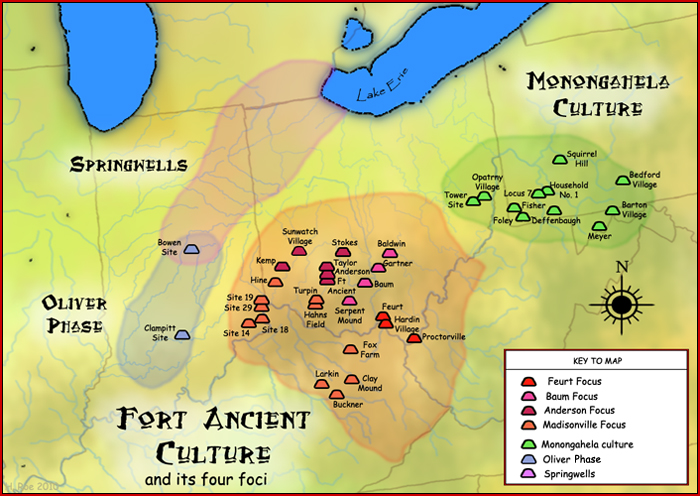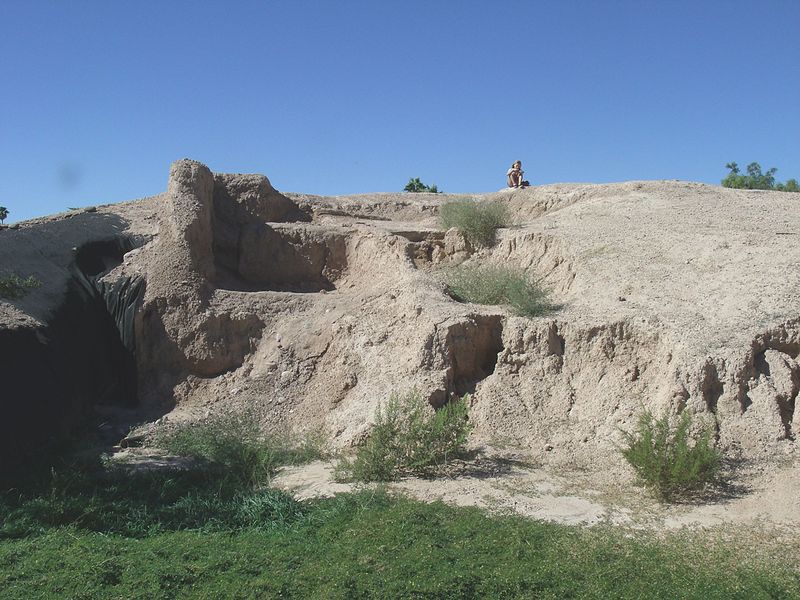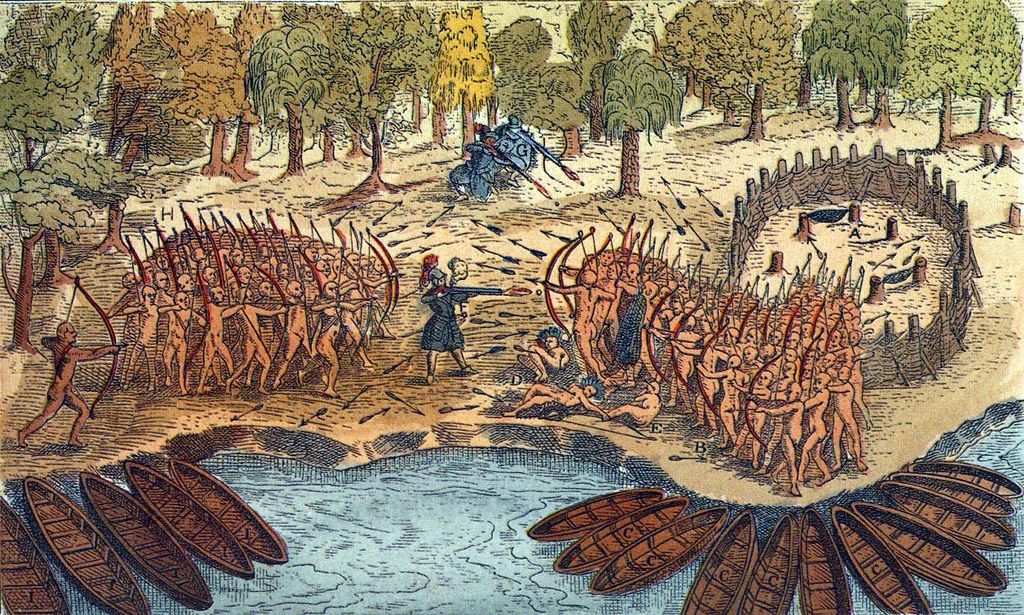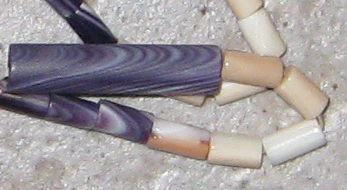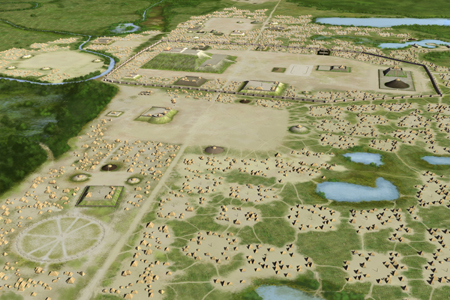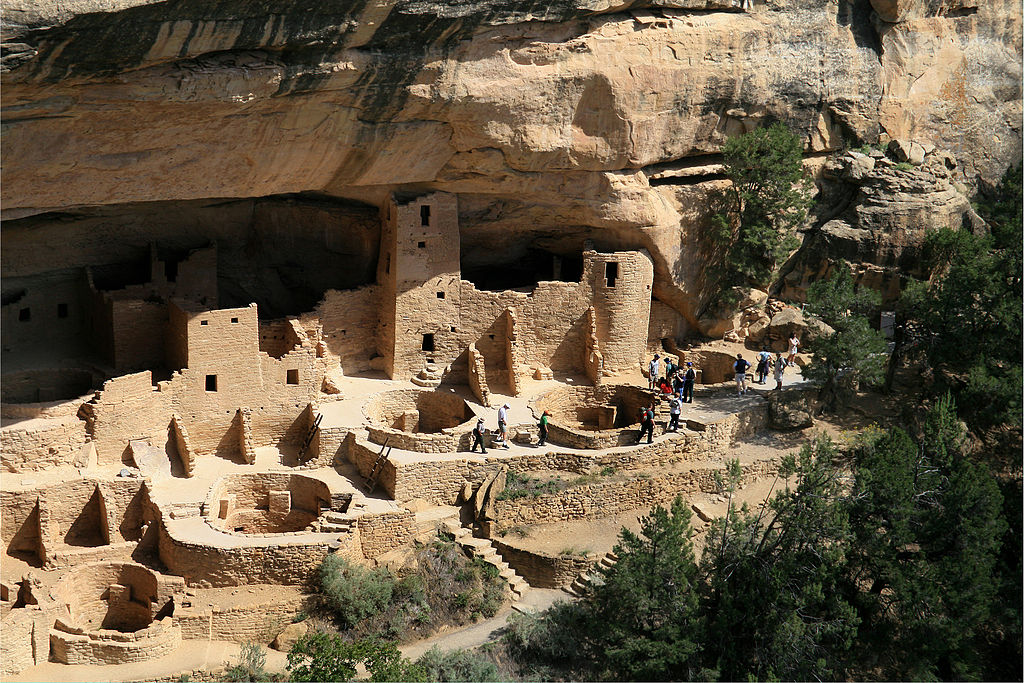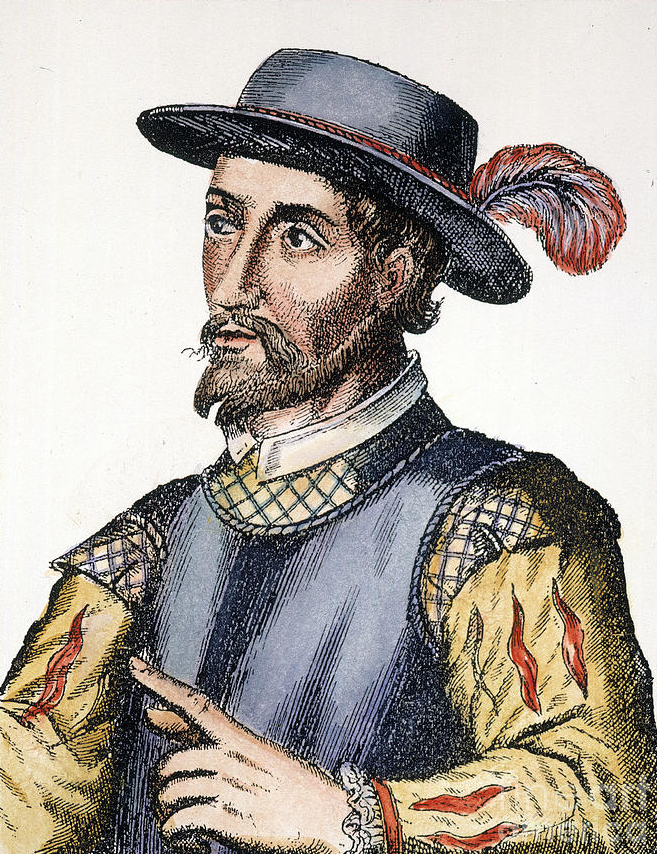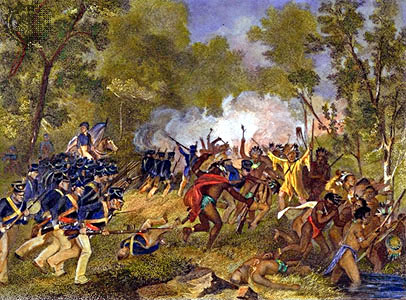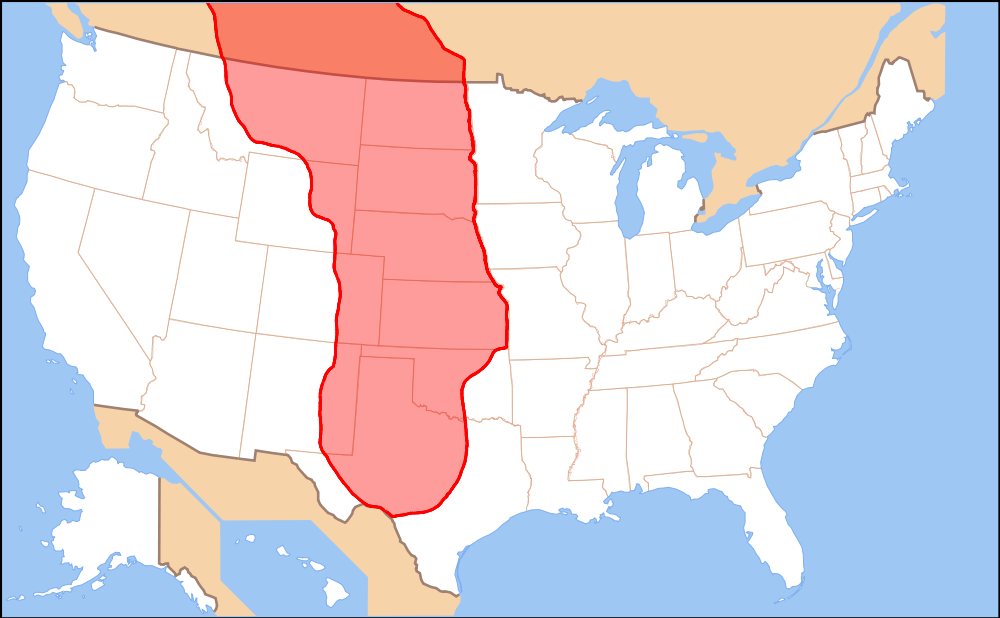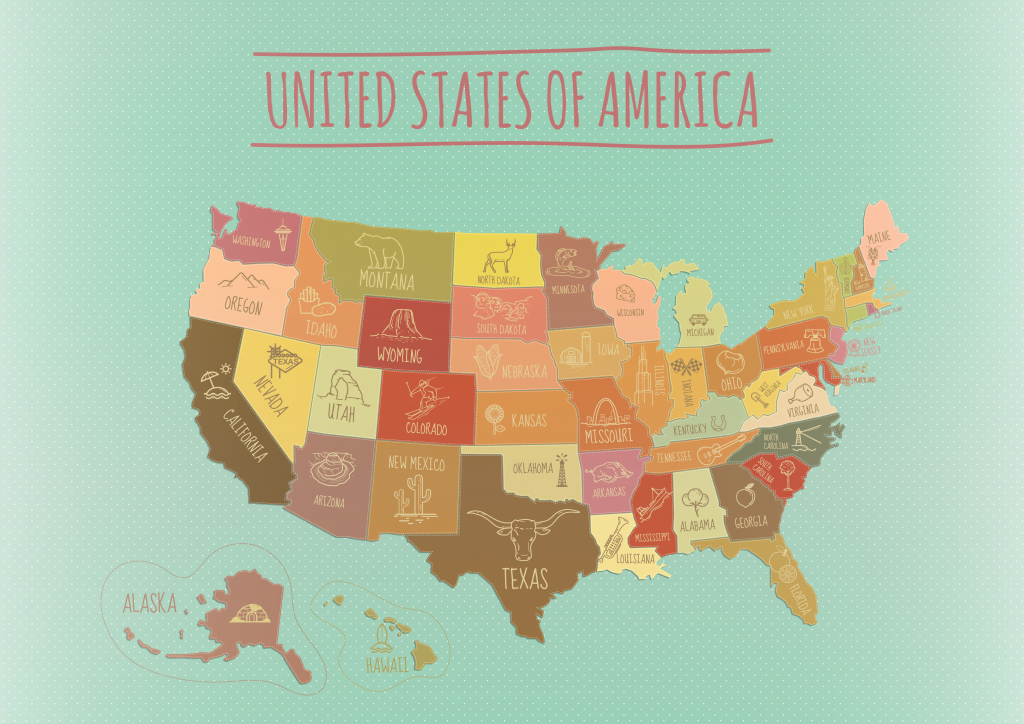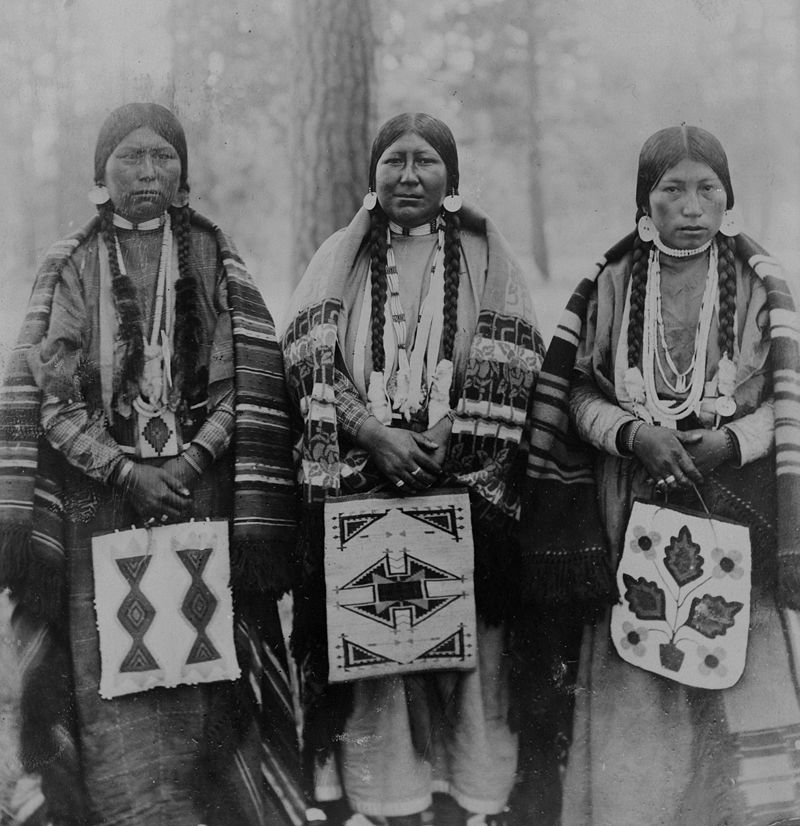Native American Timeline
In lots of textbooks, the history of Native Americans starts with the arrival of Christopher Columbus in 1491.
This is because, previously, scientists and scholars had the racist belief that life went unchanged for Native Americans for centuries before Europeans arrived.
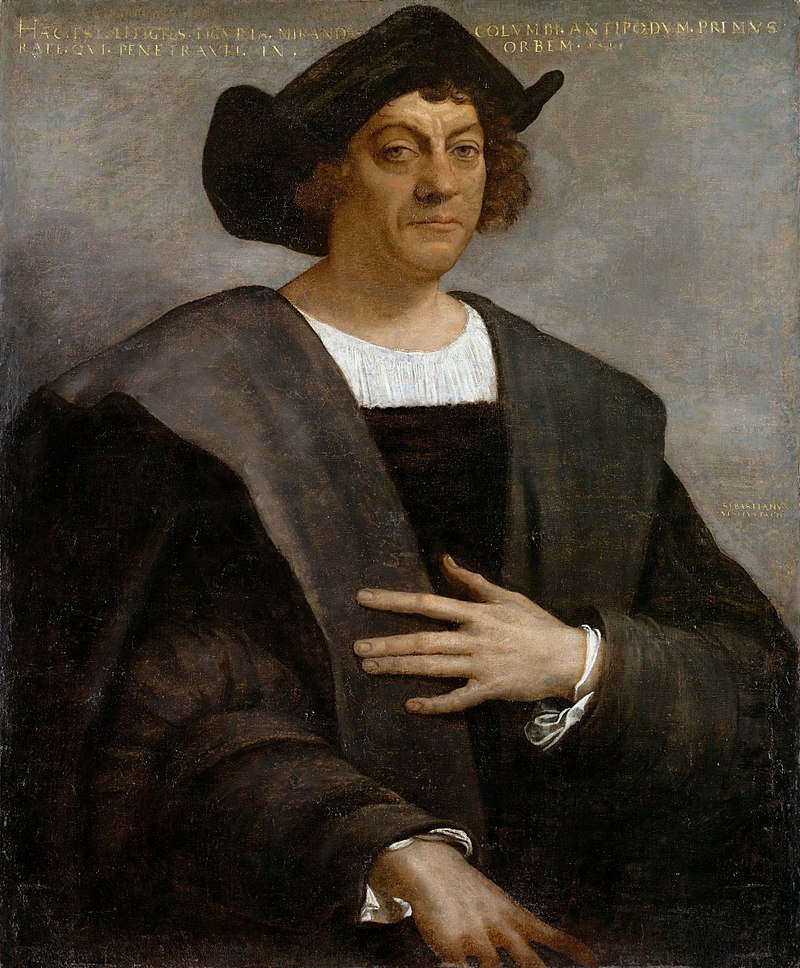
Sometimes, the study of history is seen as being about changes happening in the past. For this reason, Native Americans were seen to have had ‘no history’.
This is untrue and unfair. There is lots of evidence to show (of course) that Native Americans have a long past that goes back millennia. Lots of changes happened over time and these are shown in this timeline.
There are so many events from the pre-Columbus era, we will just give a short overview here.
Timeline
1000 BCE- 800 CE
The Norton Tradition. This is a name given to a community discovered by archaeologists. These people lived in the Western Arctic along the Alaskan shore.
They used flake-stone tools and clever technologies like oil burning lamps. They were a marine-based culture which meant they used the resources of the sea and the land. They hunted caribou, mammals and salmon.
Related: Alaska State History
1000 BCE
The arrival of Athapaskan-speaking people. Athapaskan is a family of languages. They lived all over North America: in Alaska, on the Pacific Coast (west) and in the south.
1000 BCE- 100 CE
The Adena Culture of the Ohio River Valley. These people were made up of lots of different groups that lived in this region and shared burial mounds. Archaeologists have found fine stone pipes made by these peoples.
500 – 1 BCE
Early Ancestral Pueblo culture in American Southwest.
500 BCE- 1000 CE
Plains Woodland Period on the Great Plains.
300 BCE
Mogollon people arrive in southeast Arizona and New Mexico.
200 BCE- 500 CE
Hopewell Tradition. This is a name given for hundreds of different societies throughout the East and around the Great Lakes Region.
500 BCE- 700 CE
Old Bering Sea Culture in western Arctic.
50 BC- 800 AD
Ipiutak Culture in the western Arctic.
100-1000 CE
Weeden Island culture of Florida. These people produced wood carvings that are well preserved.
200-1450 CE
Hohokam cultures in Arizona and North Mexico
400 CE
Cultivation of Corn beings in Southerneastern and Northeastern Woodlands.
700 CE
Early Pueblo culture. Pueblo was a Spanish word used to describe people with permanent housing.
755 CE-890 CE
Blythe Geoglyphs sculpted by ancestors of the Quechan and Mojave in the Colorado Desert, California. These are giant figures carved into the ground.
1000 CE
First discovery of the Americas by a European, Leif Erikson. Discovery and colonisation of an area of North America by the Norse (Vikings). They called this area far north (‘Vinland’).
1000-1200 CE
Acoma Pueblo and Old Oraibi established.
1000-1750 CE
Fort Ancient Culture in Ohio, Kentucky, Indiana and West Virginia.
1000-1780 CE
Plains Village period across North Dakota and Texas.
1070 CE
Great Serpent Mound built. This is a National Historical Site.
1100 CE
Peak of Hohokam Culture.
1100 CE
Scandinavians (Norse) settled in Vinland.
900-1150 CE
Pueblo II Era in American Southwest
1000-1200 CE
Acoma Pueblo and Old Oraibi societies established.
1142 CE
League of the Iroquois is established. This is a collaboration between lots of groups. Their history is recorded with shells called Wampum.
1150-1350 CE
Pueblo III Era in the American Southwest.
1150 CE
The Innuit peoples are in Arctic Alaska.
1150 CE
Cahokia is the largest city in North America in the 12th Century.
1250 CE
Pensacola culture in Florida.
1250 CE
Cliff Palace, the largest cliff dwellings in North America, is thriving.
1300 CE
Cliff Palace is abandoned because of severe droughts.
1200-1400 CE
Middle Mississippian culture in the Eastern Woodlands thrives.
14th Century
Athapaskan-speaking people migrate from Canada to the American Southwest.
1492 CE
Christopher Columbus sails to India and finds America.
1513 CE
A man called Juan Ponce de Leon explores Florida. He takes 8 Americans as captives when he makes contact with them.
1539 CE
Hernando de Soto kills 100 Native American warriors.
1680 CE
Pueblo peoples take back their homelands from the Spanish.
1754 CE
The French and Indian War begins. It ends in 1763.
1764 CE
Rebellion in the Ohio River Valle from Chief Pontiac of the Ottawa.
1810 CE
Tecumseh , the leader of the Shawnee of Ohio, starts the confederation of Native American Tribes to stop the United States.
1811 CE
Shawnee defeated by William Henry Harrison at the Battle of Tippecanoe.
1812 CE
Native Americans ally with the British against the United States.
1817 CE
The Seminole War
1824 CE
The establishment of the Office of Indian Affairs by the U.S.
1830 CE
The Indian Removal Act.
1835 CE
The Second Seminole War.
1838 CE
The Cherokee forced out of their homes and to march north in the Trail of Tears.
1855 CE
The Third Seminole War.
1862 CE
The Homestead Act allows settlers onto Native American land in the Midwest.
1874 CE
The Red River War
1876 CE
The Battle of Little Big Horn is won by Sitting Bull and his army. The U.S. under George Custer are defeated.
1890 CE
Sitting Bull is killed because he is thought to encourage the Ghost Dance.
1890 CE
The Wounded Knee Massacre in South Dakota. The U.S. massacre over 300 Native Americans, including women and children.
1907 CE
Charles Curtis is the first Native American senator.
1924 CE
Indian Citizenship Act.
1944 CE
The National Congress of American Indians is formed.
1960s CE
Civil Rights and Red Power Movement era. This is a fight for Native American justice.
1965 CE
The Voting Rights Act.
1968 CE
The American Indian Movement (AIM) is started.
1968 CE
The Indian Civil Rights Act.

